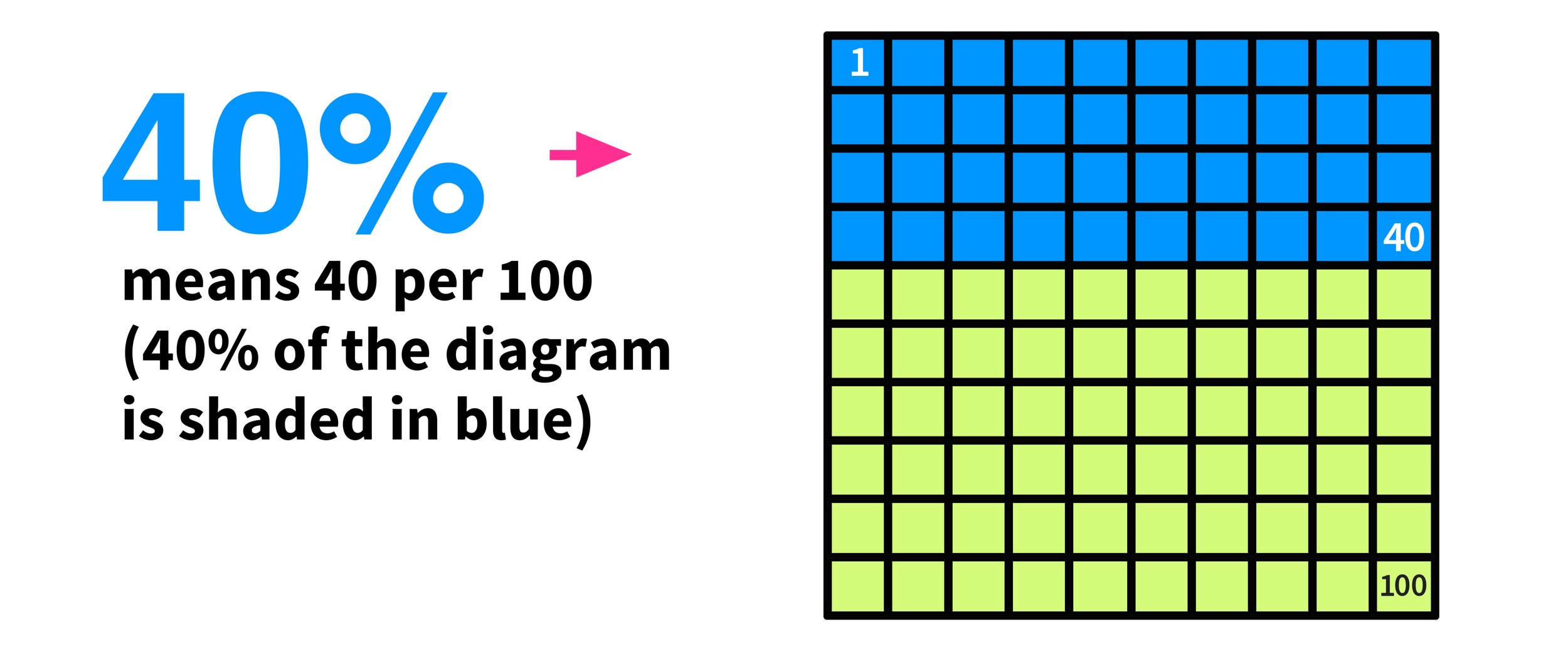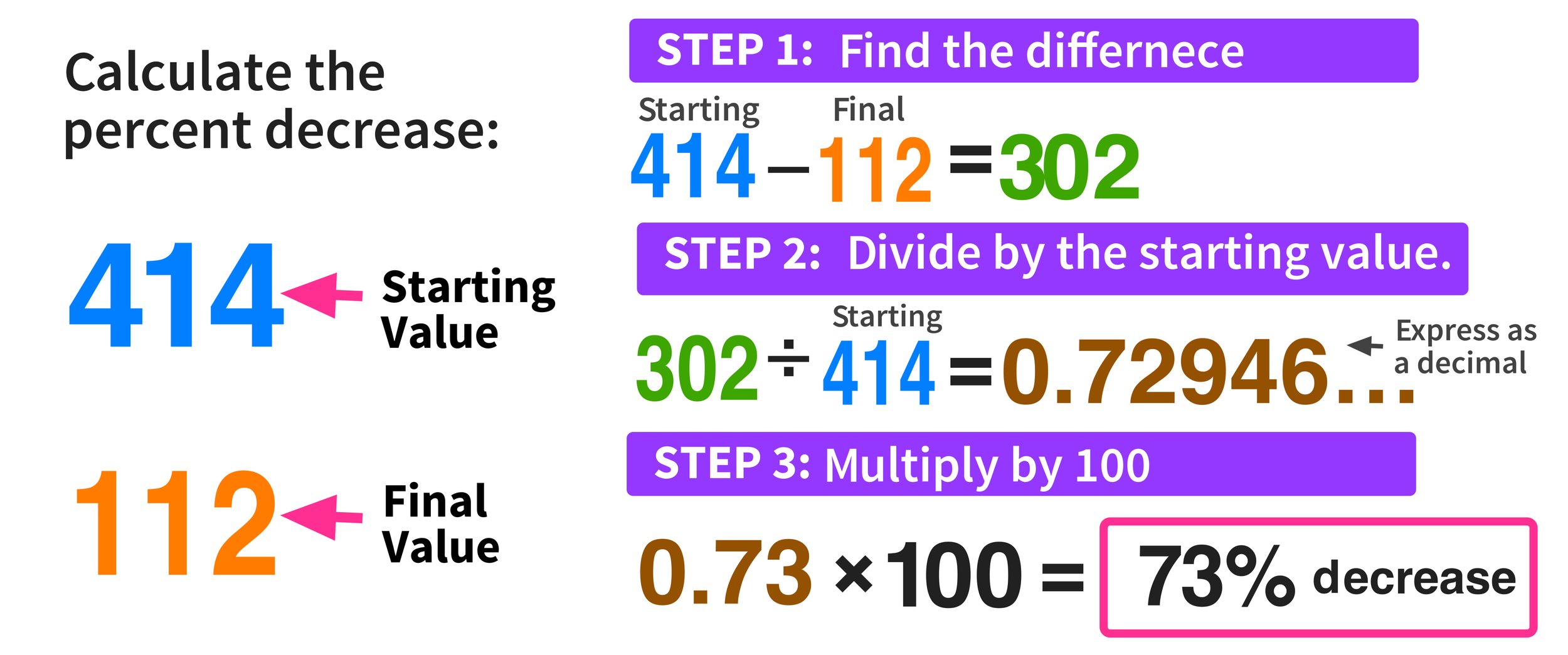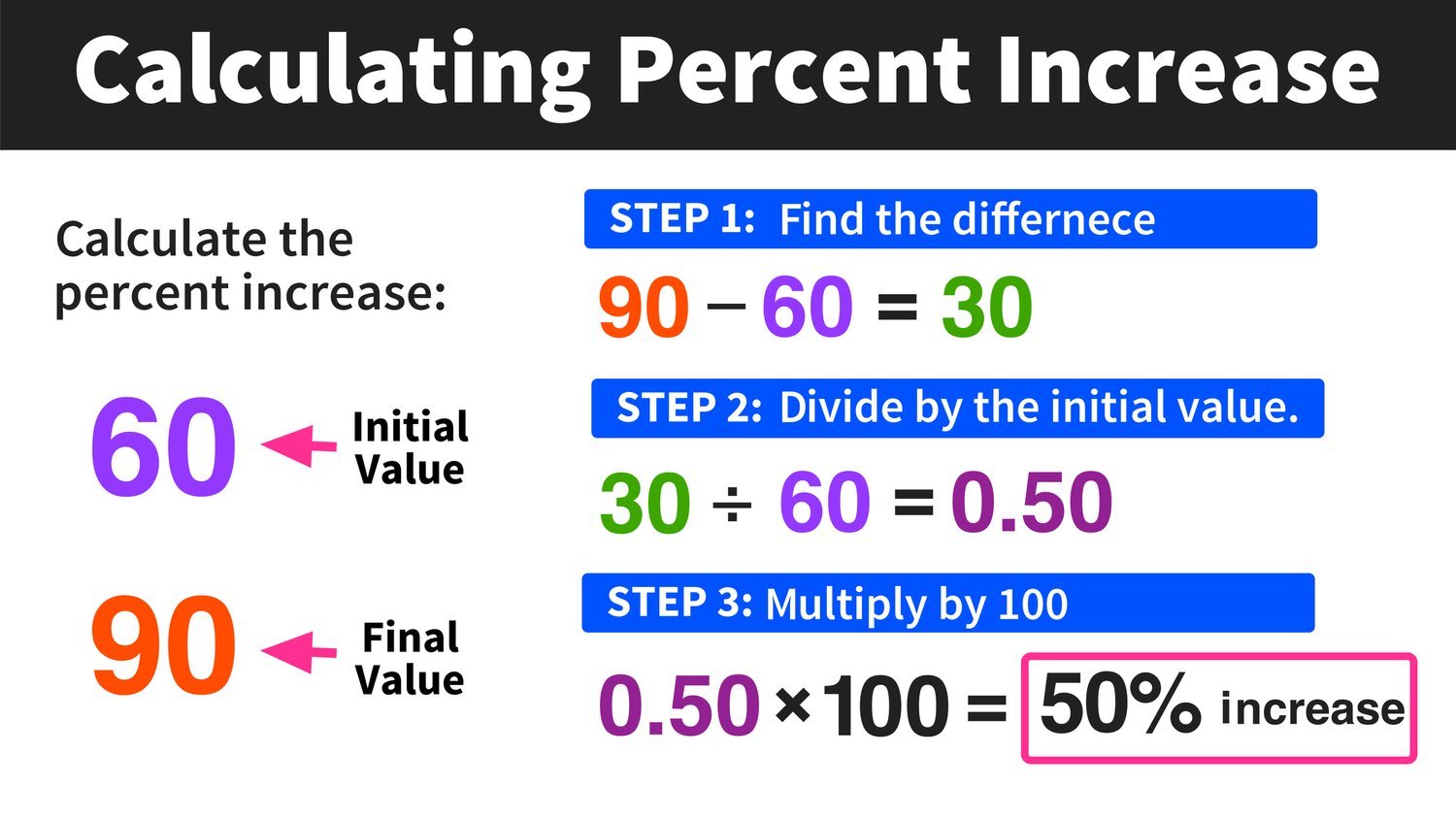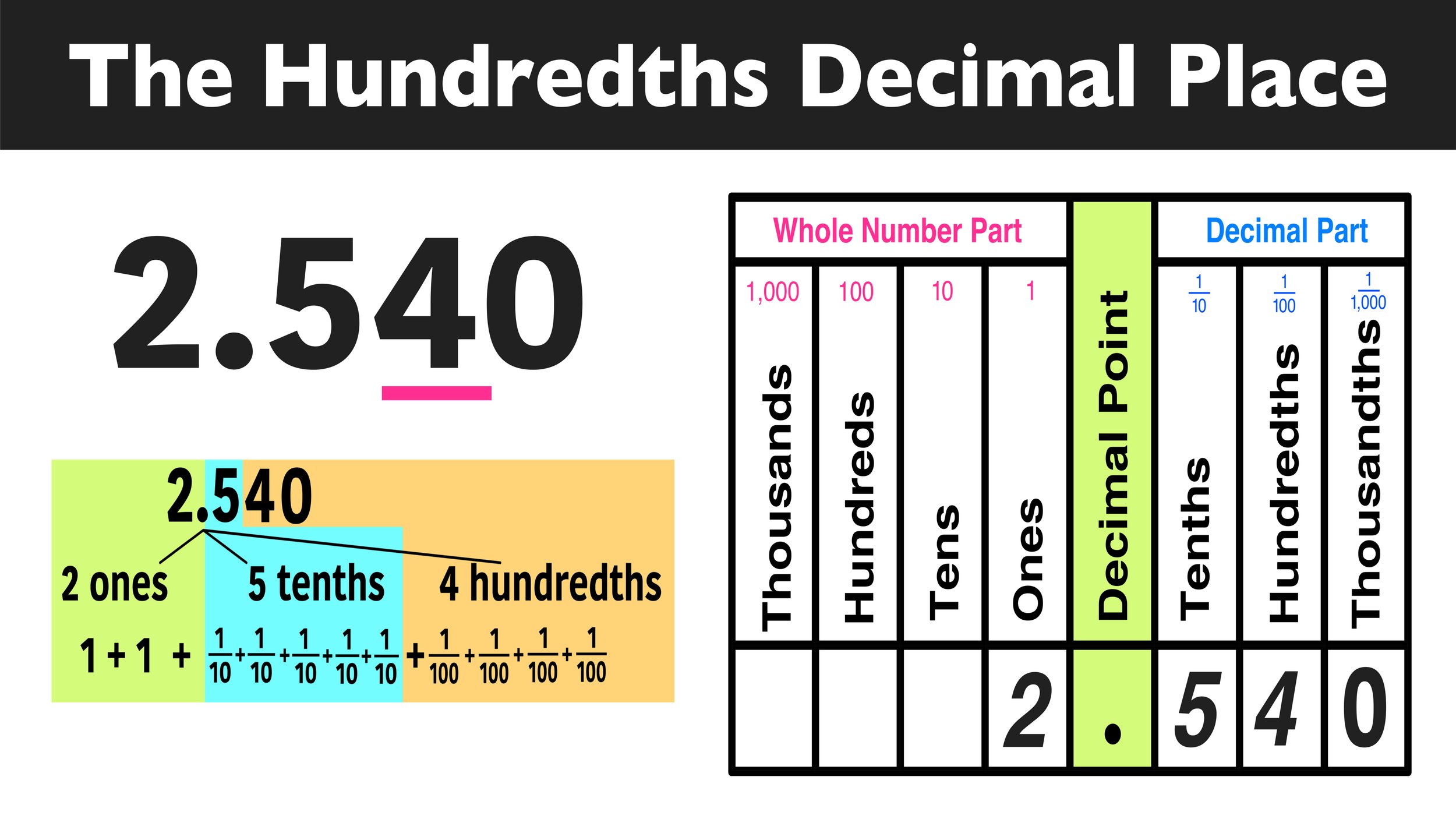Calculating Percent Decrease in 3 Easy Steps
Being able to calculate percent decrease is an extremely useful and important numerical skill that can has implications far beyond the math classroom. An ability to calculate, understand, and analyze percents will not only help to excel on quizzes, tests, and examples, but in real world situations as well. While students often believe that calculating percent decrease to be challenging task, the process to getting correct answers is actually very easy and straightforward.
(Looking for a Percent Decrease Calculator to make a super-fast calculation: Click here to access our free Percent Decrease Calculator)
The following free Calculating Percent Decrease step-by-step lesson guide will walk you through calculating percent decrease using an easy and simple three-step method. By learning to follow these three steps, you will be able to quickly and accurately solve problems in math involving percent decrease.
Before we start learning about calculating percent decrease and the three-step method, lets perform a fast review of a few important math vocabulary terms and concepts related to this topic.
Looking to learn how to calculate percent increase or percent change? Use the links below to download our free step-by-step guides:
Percent Definition
In mathematics, the term percent refers to parts per one hundred and the mathematical symbol for percent is %.
For example, the value 40% is defined as 40 per 100. If you observe the below diagram, you will see that the blue shaded region makes up 40% of the entire grid.
We can also say that percent represents a ratio of a value out of one hundred.
Another example would be 20% meaning 20 out of every 100. Looking at percent as a ratio, when can say that if 20% of 300 students have an exam on Monday, then 60 total students have an exam on Monday (20 out of every hundred means three 20’s out of 300 total students).
Percent Decrease Definition
The next question we have to ask is what is the meaning of percent decrease?
In mathematics, the percent decrease between two values is the difference between the final number and the initial number (which we will refer to as the starting number in this guide). Percent decrease is always expressed as a percentage of the starting number.
Note that percent decrease is a value that will be expressed as a percentage and will include the % symbol.
For example, if you had $80 dollars in savings at the start of the month and $60 in savings by the end of the month and you needed to calculate the percent decrease, the final number would be 60 and the starting number would be 80.
Being able to correctly identify the starting number and the final number is extremely important when it comes to correctly solving percent decrease problems.
Calculating Percent Decrease
Now it’s time for you to learn how to calculate percent decrease using our simple three-step method.
Let’s revisit the previous scenario involving money in your savings account decreasing between the start of the month and the end of the month:
Calculating Percent Decrease Example #1
For the first example, let’s find the percent decrease for the following scenario:
If a total amount in your savings account of $80 at the start of the month had decreased down to $60 by the end of the month, what is the percent decrease?
Here is how you can apply our three-step method:
Step 1: Find the difference of the values by subtracting the final value from the starting value.
In this example, the difference of starting value and the final value can be calculated as follows:
80 – 60 = 20
In this case, the difference of the two values would be 20. Note that, when calculating percent decrease, you will always be subtracting the smaller value from the larger value.
Step 2: Divide the difference by the starting number.
The next step is to take the difference (20 in this example) and divide it by the starting number (80 in this example) as follows:
20/80 = 0.25
Always express your answer as a decimal (this is crucial for performing your final calculation in Step 3).
Step 3: Multiply by 100
The third and final step is to multiply the decimal result from Step 2 by 100 and then express that result as a percent using the % symbol.
0.25 x 100 = 25
Final Answer: 25% Decrease
You’re done! By using the three-step method, you can conclude that there was a 25% decrease in how much money you had in savings from the start of the month to the end of the month.
Need more help? No worries. Let’s move onto another example where we will calculate percent decrease using the same three-step method.
Looking for a free Percent Decrease Calculator?
If you need a faster way to calculate the percent decrease between two numbers, check out our free Percent Decrease Calculator tool, which lets you input the starting and final values to get an instant answer!
▶ Click here to access our free Percent Decrease Calculator for students
Calculating Percent Increase Example #2
Last week, Zoe sold a total of 51 chocolate cupcakes at her bakery. This week, she sold a total of 34 chocolate cupcakes at her bakery. What was the percent decrease in the total amount of chocolate cupcakes sold between last week and this week?
To solve this problem, note that the starting value is 51 and the final value is 34.
Step 1: Find the difference of the values by subtracting the final value from the starting value.
In this example, the final value minus the starting value can be calculated as follows:
51– 34 = 17
Step 2: Divide the difference by the starting number.
For step two, take the difference (17 in this example) and divide it by the starting number (51 in this example) as follows:
17/51 = 0.3333333…
Notice that the result is a repeating/non-terminating decimal. You can round this result to the nearest hundredths decimal place to make things easier. In this case, you can round the result to 0.33
Step 3: Multiply by 100
The last step is to multiply the decimal result from step two by one hundred and express the final result as a percent. So…
0.33 x 100 = 33
Final Answer: 33% Decrease
We’re all finished! We have concluded that there was a 33% decrease in the total amount of chocolate cupcakes sold at Zoe’s Bakery between last week and this week.
After this first example, you should be feeling more confident about your ability to correctly calculate percent decrease e using the three-step method. Let’s gain some more experience by looking at another example.
Calculating Percent Decrease Example #3
Last school year, 414 students attended the Delta High School Winter Ball This year, only 112 students attended the Delta High School Winter Ball. What was the percent decrease in students who attended the Winter Ball between last year and this year?
Just like the last two examples, you can solve this problem by following the three-step process:
Step 1: Find the difference of the values by subtracting the starting value from the final value.
In this example, the starting value minus the final value can be calculated as follows:
414– 112 = 302
Step 2: Divide the difference by the starting number.
Let’s continue with step two as follows:
Find the difference (190 in this example) and divide it by the starting number (414 in this example) as follows:
302/414 = 0.7294685…
Just like in example 2, you can round the result to the nearest hundredths decimal place to make things easier. In this case, you can round the result to 0.73
Step 3: Multiply by 100
The last step is to multiply the decimal result from step two by 100 and express the final result as a percent. So…
0.73 x 100 = 73
Final Answer: 73% Decrease
At this point, you should feel much better about your ability to calculate percent decrease and solve any math problems involving percent decrease our three-step method. But, if you feel like you need more practice, it is highly recommended that you work through examples one through again on your—be sure to do the problems by hand and take notes as you go along!
Conclusion: Calculating Percent Decrease
You can calculate percent decrease given any two values by using the following 3-step method:
Step 1: Find the difference of the values by subtracting the final value from the starting value.
Step 2: Divide the difference by the starting number. Express result as a decimal.
Step 3: Step 3: Multiply by 100. Express result as a %.
What about Calculating Percent Increase and Percent Change?
Learn how to calculate a percent increase or a percent change between two numbers using our free step-by-step guides. Click the links below to get started.
Don’t forget about our Free Percent Decrease Calculator
Click here to get started using our free Percent Decrease Calculator





















